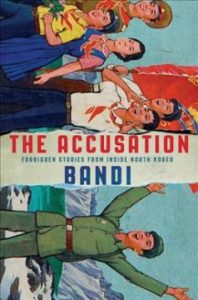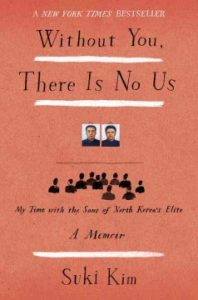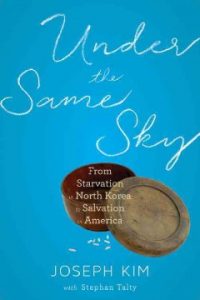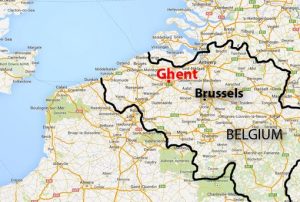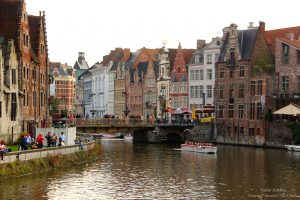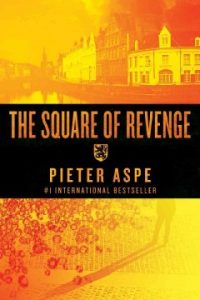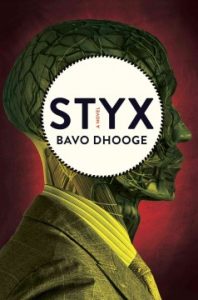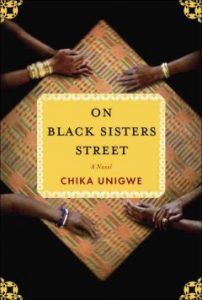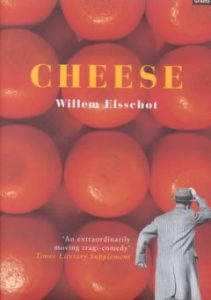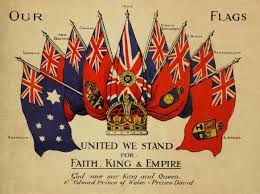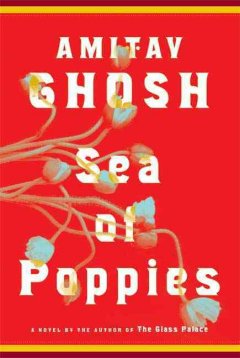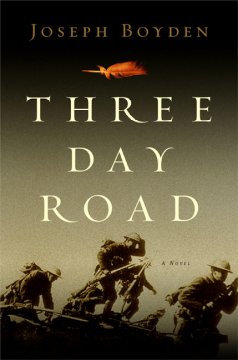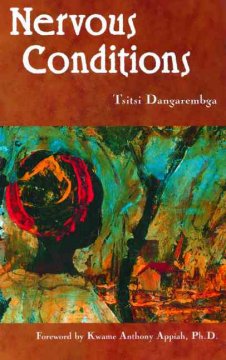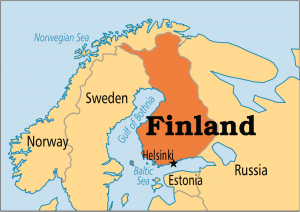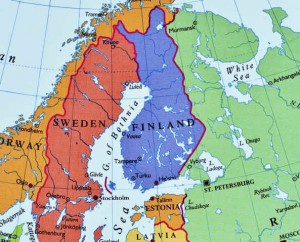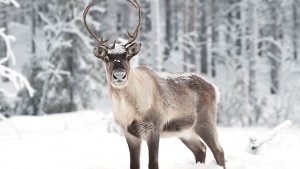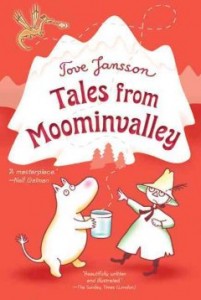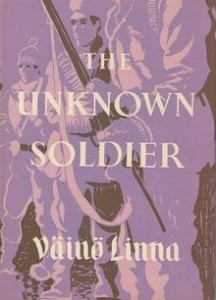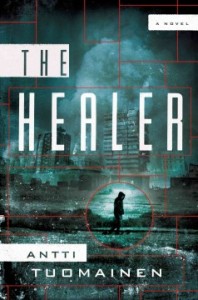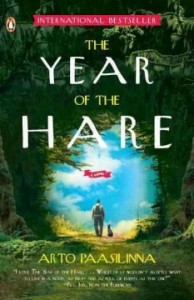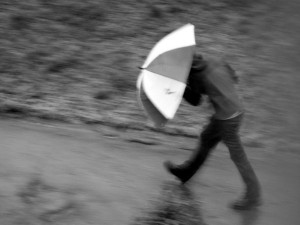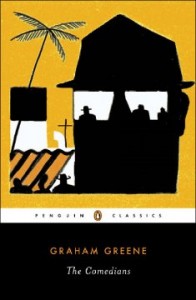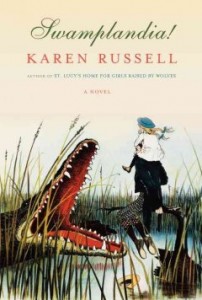
Today we revisit a post from last year that look at the history of International Women’s Day!

Some sources cite the first ‘Women’s Day’ as taking place in 1908 when 15,000 women marched through the streets of New York in support of shorter hours, better pay and voting rights, but one year later, in 1909, the Socialist Party of America declared a National Women’s Day on Sunday, February 28–the day was specifically chosen to allow even working women to participate (and let’s just remember here that a Socialist party is not a Communist party, and the goals of one are by no means the goals of the other). And one year after that, and the second International Conference of Working Women. which was held in Copenhagen, Clara Zetkin of Germany suggested an International Women’s Day. The day, as she proposed, would be recognized in every country, to advocate for issues critical to all women. The next International Women’s Day, in 1911, was recognized by nine countries.
In 1913, the Russian Socialist Party moved the celebration to March 8, the day on which it is still observed today. During the First World War, women’s work in international pacifist organizations used this day to promote work across borders and above international hostilities to make life better for human people everywhere. Though they didn’t bring the war to an end (though not through lack of trying), in 1917, women in Russian went on strike with a message of “peace and bread”–and four days later, the Tzar abdicated, signaling an end to Russia’s involvement in the First World War.
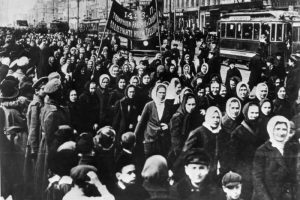
Though the UN officially recognized IWD in 1975, it hasn’t been a big thing for quite some time…..until, in 2011, President Barack Obama declared March ‘Women’s History Month’, and the nine countries around the world that first celebrated IWD developed national programs to promote education and opportunities for young women. This year, IWD will be celebrated in the following countries: Afghanistan, Armenia, Azerbaijan, Belarus, Burkina Faso, Cambodia, China (for women only), Cuba, Georgia, Guinea-Bissau, Eritrea, Kazakhstan, Kyrgyzstan, Laos, Madagascar (for women only), Moldova, Mongolia, Montenegro, Nepal (for women only), Russia, Tajikistan, Turkmenistan, Uganda, Ukraine, Uzbekistan, Vietnam and Zambia.
So what can you do to celebrate? If you want to go big, pledge to support the equality of human life worldwide by sponsoring universal education and access to fundamental resources. And then do something about it. Teach a kid to read. Donate to a local charity. Tell a young person in your life, regardless of gender, that their contribution to the world is important. Listen more.
And then, come into the Library and check out some books that have been selected from around the world for this year’s International Women’s Day!

From London’s Evening Standard:
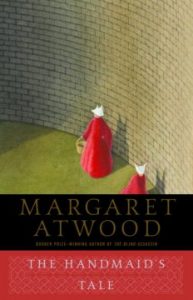 The Handmaid’s Tale, Margaret Atwood:
The Handmaid’s Tale, Margaret Atwood:
Set in the near future, Canadian author Margaret Atwood’s dystopian novel follows the story of Offred, a young handmaid to a powerful commander, who is a lynchpin in a totalitarian Christian theocracy which has overthrown the United States government. She must lie on her back once a month and pray that the Commander makes her pregnant, because in an age of declining births, Offred and the other Handmaids are valued only if their ovaries are viable. What unfolds is a story of female subjugation at the hands of a male dictatorship, and the desperate hope of a young woman who clings to the memories of her former life and identity. As unpleasant as it is brilliant, this cruel and bone-chilling story will stay with your for the rest of your life – not just because it’s terrifying, but because it’s terrifyingly possible.
From Australia’s Reading Australia:
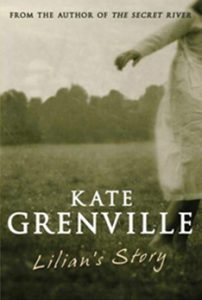 Lilian’s Story by Kate Grenville:
Lilian’s Story by Kate Grenville:
Lilian Singer was born in 1901, a time when the education of women was considered unnecessary, even dangerous. Intelligent, resilient, and with a burning desire for independence, Lilian rejects the life deemed “acceptable” by society. Instead, she becomes an eccentric – energetic, happy and true to herself. This story is all the more captivating for being inspired by the real-life Bea Miles, a familiar figure to Sydney-dwellers, who lived on the streets and recited Shakespeare in exchange for money.
From TheCultureTrip:
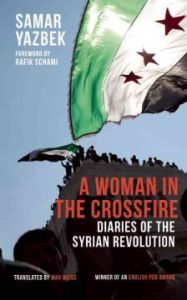 A Woman in the Crossfire : Diaries of the Syrian Revolution by Samar Yazbek
A Woman in the Crossfire : Diaries of the Syrian Revolution by Samar Yazbek
Samar Yazbek’s writing takes many different forms: novels, short stories, cultural criticism and scripts fill her résumé, and she has even been responsible for editing a feminist e-zine, entitled Women of Syria. What unites all of her writing is a deep-seated political and social awareness and engagement with contemporary issues, which she weaves throughout her work. Her most recent work A Woman in the Crossfire: Diaries of the Syrian Revolution (2012) is a brutal account of her involvement in the protests against the Assad regime, before her eventual escape and exile to Paris. The book was awarded the PEN Pinter Prize, awarded yearly to an international writer who has been persecuted for their work.
In a survey by The Guardian on their readers’ favorite books by women:
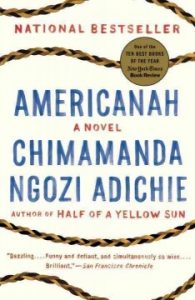 Americanah by Chimamanda Ngozi Adichie
Americanah by Chimamanda Ngozi Adichie
“Chimamanda Ngozi Adichie’s book Americanah has moved me like no other in recent memory…It’s an honest book about race, identity and the constant longing and nostalgia one feels for this metaphorical place called home…Reading this has made me realise that some of the most powerful narratives in contemporary fiction have been written by young, highly educated female African writers, who are tired of the old clichés frequently bandied around about Africa. Ngozi Adichie is a new, powerful and incredibly talented voice; her novel Americanah is the expression of a different African tale, of a continent and its people that have many more magnetic stories to tell, as well as critiques to raise about the so-called enlightened West.”
From the Center for Southeast Asia Studies:
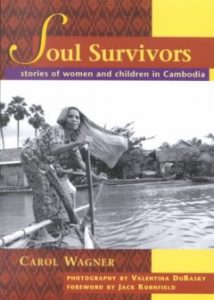 Soul survivors : stories of women and children in Cambodia by Carol Wagner
Soul survivors : stories of women and children in Cambodia by Carol Wagner
Soul Survivors gives voice to women and children in Cambodia who survived the genocide (1975 – 1979), when nearly two million people died from execution, starvation, or disease. Through their detailed personal stories, fourteen people reveal the brutality of Pol Pot’s regime, how they managed to survive, and what it took to rebuild their lives afterward. This new edition is updated and contains recent historical events and an epilog telling what happened to the survivors since the first edition was published in 2002. It also includes information about the two charitable humanitarian organizations (friendshipwithcambodia.org and artinabox.org) the author and photographer were inspired to create to help the poor in Cambodia.
From SugarStreetReview:
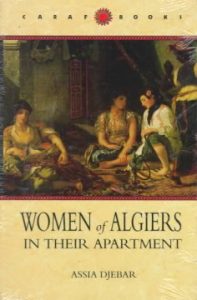 Women of Algiers in Their Apartment by Assia Djebar
Women of Algiers in Their Apartment by Assia Djebar
The elder stateswoman of Francophone literature, Djebar is one of the most distinguished writers in the Arab world, although she herself comes from the Algeria’s significant Berber minority. Djebar, whose real name is Fatima-Zohra Imalayène, has written about the role and repression of women in Algeria in many of her novels and says “Like so many other Algerian women authors, I write with a sense of urgency against misogyny and regression.” …A number of her novels have also been translated into English from the French, and all are more than deserving of your time. We particularly recommend Women of Algiers in Their Apartment, if you can rustle up a copy from somewhere.
From Msafropolitan:
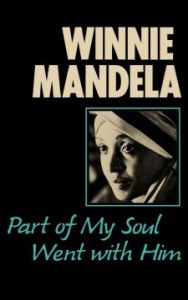 Part of My Soul Went With Him by Winnie Mandela:
Part of My Soul Went With Him by Winnie Mandela:
For insight into the life of one of the most revolutionary, African female figures of our times, this semi-autobiographical book is a must read. Winnie has achieved more for Africans, female and male; and for women, of all ethnicities, than others could dream of. Her life is one full of sacrifices, personal and political, and yet one gets the sense that if she were to choose, she would do it all over again. Through the collection of conversations, letters, supplementary speeches and anecdotes, it becomes clear exactly how much in debt we are to her.
In solidarity, readers. Happy International Women’s Day!

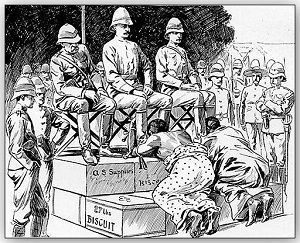
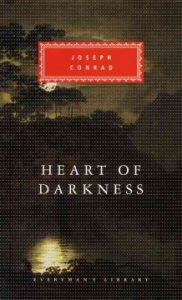 To use an example: Joseph Conrad’s
To use an example: Joseph Conrad’s 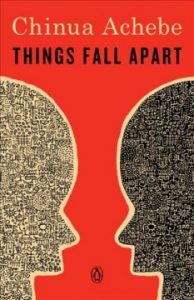 There are two big problems with the phrase “post-colonial”. The first is that it implies to many that the “colonial” period ended. While this may be true in practice, many sites around the world are still grappling with the trauma, the structural inequalities, the cultural ruptures, and social stigmas that colonialism and imperialism imposed on them. The second problem with “post-colonial” is that is that it insists on a “colonial period.” This phrase, first, subtly reinforcing that harmful power relationship by invoking it constantly. A number of books written by authors from countries that were once colonies or sites of empire get labeled as “post-colonial” when they have nothing to do with the imperial relationship. They get that label based on their country’s and people’s history. For example,
There are two big problems with the phrase “post-colonial”. The first is that it implies to many that the “colonial” period ended. While this may be true in practice, many sites around the world are still grappling with the trauma, the structural inequalities, the cultural ruptures, and social stigmas that colonialism and imperialism imposed on them. The second problem with “post-colonial” is that is that it insists on a “colonial period.” This phrase, first, subtly reinforcing that harmful power relationship by invoking it constantly. A number of books written by authors from countries that were once colonies or sites of empire get labeled as “post-colonial” when they have nothing to do with the imperial relationship. They get that label based on their country’s and people’s history. For example, 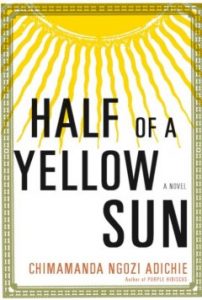
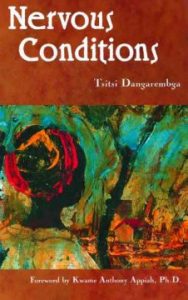
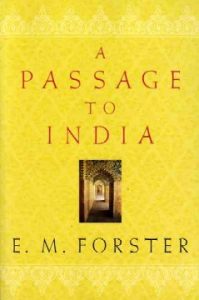
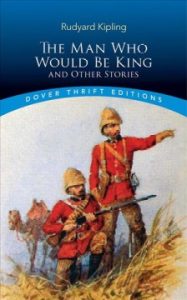
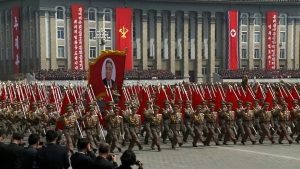
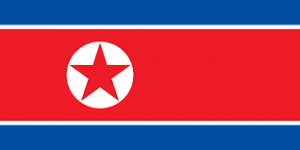 The
The 